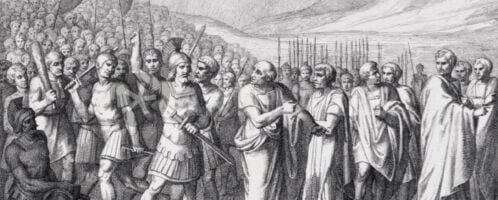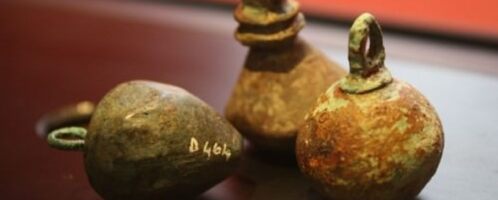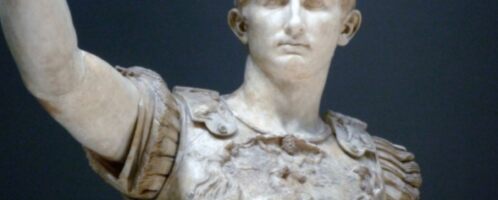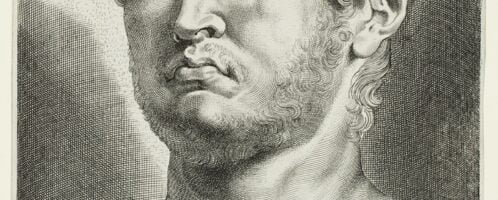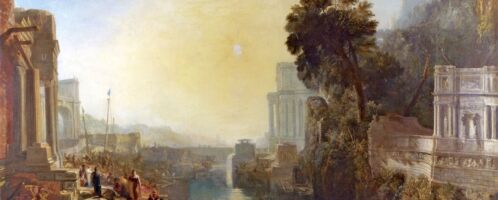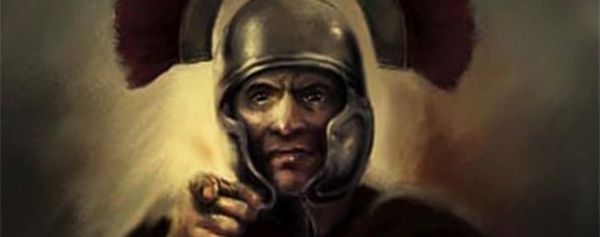Nomenclature of discovered buildings in Pompeii
Pompeii is one of the most amazing archaeological discoveries in the history of mankind. A well-preserved ancient city, with the remains of people who did not manage to beat the destructive power of Vesuvius in 79 CE. However, what gives us the most information about the life of those times are the preserved artefacts and buildings.


